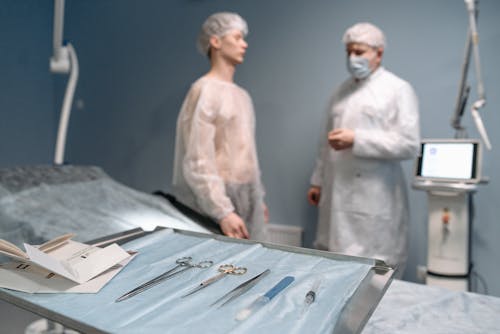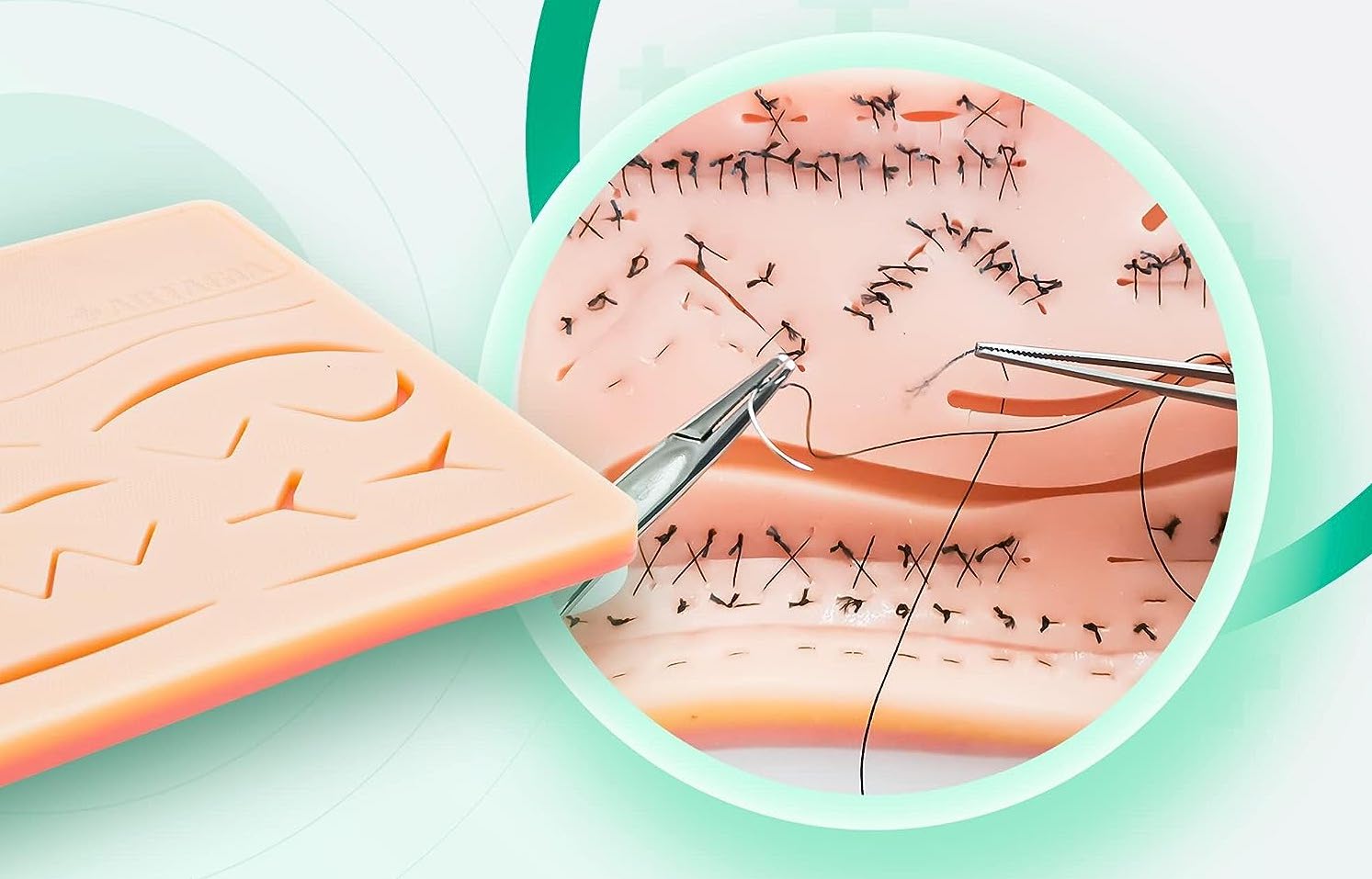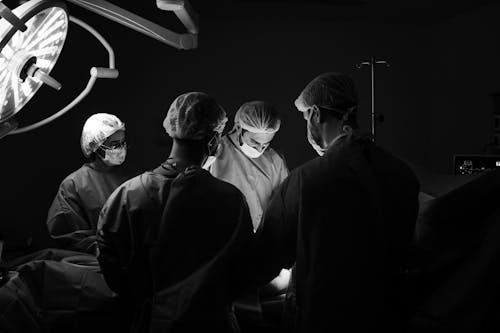
In the world of medicine and healthcare, suturing is a fundamental skill that healthcare professionals rely on to close wounds and promote proper healing. However, suturing is not just about stitching up a wound; it’s also about preventing potential complications, with infection being one of the most significant concerns. In this blog post, we will explore the best practices for suturing and infection control to ensure that wounds heal without complications.
Understanding the Importance of Suturing
Suturing, the art of stitching wounds, is a crucial step in wound care and plays a pivotal role in preventing complications. When done correctly, sutures bring together the edges of a wound, allowing it to heal more efficiently. However, improper suturing can introduce a host of complications, with infection being one of the most common and serious.
Infection Control: The Key to Successful Suturing
Infection is a significant threat when it comes to suturing, and it can lead to delayed healing, increased pain, and even more severe medical issues. To minimize the risk of infection, healthcare professionals should adhere to the following best practices:
Hand Hygiene:
Before beginning any suturing procedure, healthcare providers must thoroughly wash their hands with soap and water or use an alcohol-based hand sanitizer. Clean hands are essential to prevent introducing harmful bacteria to the wound.
Sterile Environment:
Ensure that the entire suturing area is sterile. This includes cleaning the skin around the wound with antiseptic solutions and using sterile gloves, drapes, and instruments.
Proper Technique:
Skill and precision are crucial when it comes to suturing. Avoid excessive tension on the sutures, and make sure to place them evenly and close enough to support proper wound closure without strangulating tissue.
Selection of Suture Material:
Choose the appropriate suture material based on the type of wound, location, and expected healing time. Different materials have different properties, and selecting the right one can make a significant difference.
Wound Irrigation:
Before suturing, thoroughly irrigate the wound with a sterile saline solution to remove any debris or contaminants. This step helps reduce the bacterial load in the wound.
Antibiotic Prophylaxis:
In some cases, especially when dealing with contaminated wounds or high-risk patients, antibiotic prophylaxis may be necessary. Consult with a healthcare provider to determine whether antibiotics are warranted.
Dressing and Follow-Up Care:
After suturing, apply a sterile dressing to the wound to protect it from further contamination. Provide clear instructions to the patient regarding wound care, including keeping the area clean and dry.
Conclusion
Suturing is an essential skill in healthcare, but it comes with the responsibility of preventing complications, particularly infections. Proper infection control practices are vital to ensuring that sutures promote healing rather than hinder it. By maintaining a sterile environment, using the correct technique, and selecting suitable materials, healthcare professionals can significantly reduce the risk of complications and help patients on their path to recovery.
In the ever-evolving field of medicine, staying updated on the latest guidelines and techniques for suturing and infection control is essential. Continuous education and training are key to providing the best possible care for patients and ensuring their wounds heal without complications.










